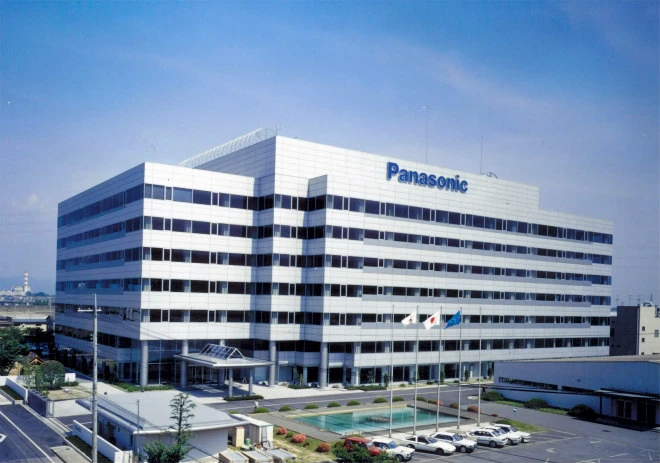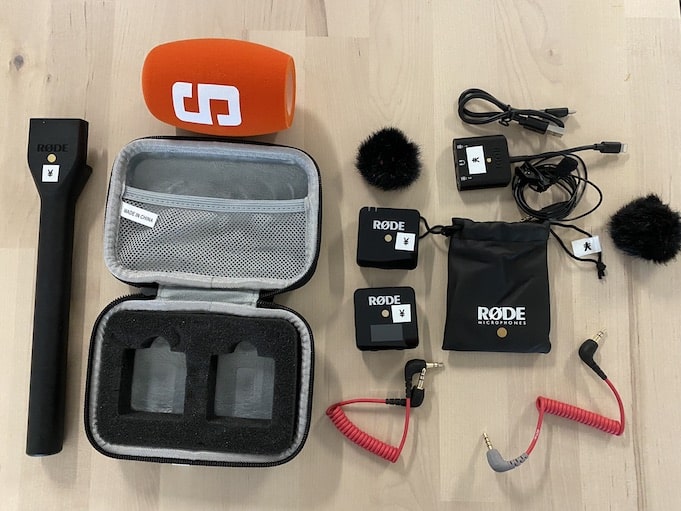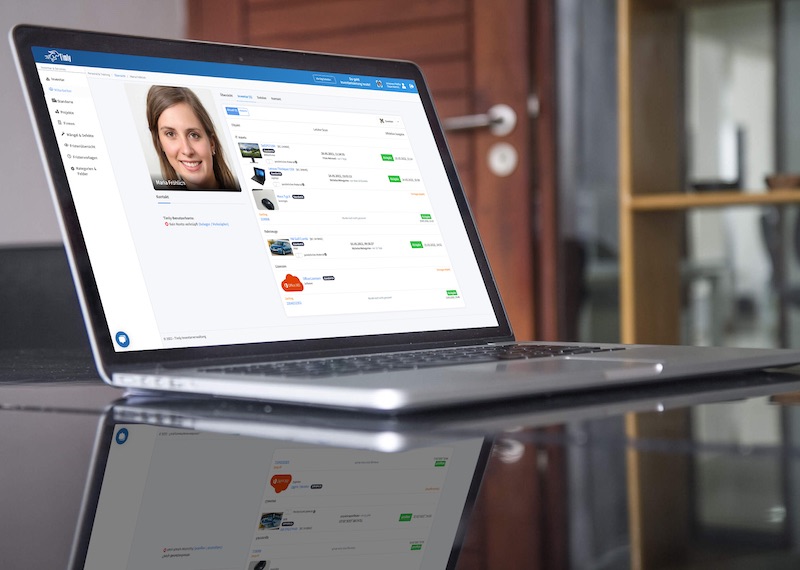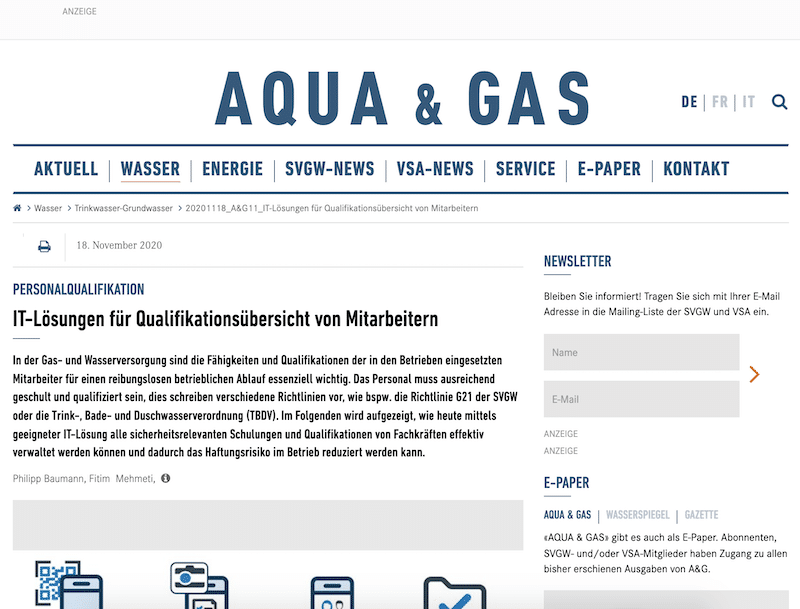
Key Takeaways
- Asset management is an incredibly useful process for all businesses and industries, as it ensures assets are used in the most effective way.
- Asset management encompasses both tangible assets – like equipment – and intangible assets – like contracts or software licenses.
- Businesses from a huge range of industries, ranging from education to construction, greatly benefit from asset management systems such as Timly to optimize asset utilization.
- Although asset management has many benefits, trying to track and manage your business resources manually can quickly become challenging – which is why choosing asset management software is a wise choice.
In this Article
- Exploring Specific Asset Management Use Cases
- What Are the Best Use Cases for Asset Management?
- What Are the Best Use Cases for Asset Management Software?
- Asset Management Use Cases in Logistics: Digital Solutions
- Asset Management Use Cases in Education and Schools
- Asset Management Use Cases in Construction
- Asset Management in Use Cases E-Commerce: Digital Solutions
- How to Implement Asset Management to Your Business
- Asset Management Challenges and Solutions: Overcoming Obstacles
Exploring Specific Asset Management Use Cases
Asset management is a general term used to describe how a business develops, operates, maintains and sells assets in the most effective way possible. It’s an important aspect of operations for all types of business, regardless of industry or size. Performing good asset management often requires bringing together several different strategies and practices that aim to maximize how much value you can get from physical assets, like equipment, and non-tangible assets, like intellectual property, all kinds of contracts, licenses, maintenance records and more.
What Are the Best Use Cases for Asset Management?
As touched on above, the best use cases for asset management can be segmented into two distinct areas – tangible assets and intangible assets. So, let’s take a look at both of these areas in a little more depth:
Tangible Asset Management
Tangible asset management focuses on physical assets such as workplace equipment, IT infrastructure, powered and non-powered tools or machinery. As asset management spans the entire lifecycle of these assets, things like maintenance are incorporated into the management workflow. It will also look at the best ways to utilize tangible assets so that they last as long as possible while also providing top performance. It should also incorporate compliance in some regard – such as making sure that equipment adheres to the latest regulatory standards. In doing all of this, companies can enjoy enhanced cost savings and a boost to productivity.
Intangible Asset Management
The other form of asset management looks to utilize intangible assets. These include assets like patents, trademarks, contracts and licenses – things like that aren’t physical. Although they aren’t physically involved in creating value, they are important because they can help provide a competitive advantage in the market. To maximize their value, it’s worth rolling out strategic management of these assets. In turn, the business will avoid issues with licensing, strong intellectual property rights and improved brand reputation.
Over 600 Companies, Schools and Cities Rely on Timly
(No credit card required)
What Are the Best Use Cases for Asset Management Software?
Asset management software has completely revolutionized how companies can handle the assets they have. It allows for a highly optimized approach to asset management, ensuring that all assets are used to their full. This innovative technology offers tremendous functionality, such as real-time data reporting and the ability to integrate with other applications such as:
- Content management systems
- Accounting software
- Human Resources (HR) systems and payroll solutions
- IT systems such as software license management tools
- Supply chain management applications
Enhanced Tracking
One of the main functions of asset management software is to provide enhanced tracking for all assets, as well as reporting functionality. This allows businesses to monitor assets in real-time, assess their performance and outline tailored maintenance schedules to keep things running smoothly. This is particularly useful for physical assets such as machinery or equipment used in workplace operations, as it keeps downtime to a minimum.
Decision-Making
Asset management software is a fantastic tool for providing insights and analytics about assets, which helps with company-wide decision-making. This software allows you to do things like analyze usage patterns or assess performance data, allowing you to glean insights into what areas require maintenance or adjustments. It can help guide asset purchasing decisions and generally reduce any unnecessary expenditures for the business.
Risk Management
All companies are exposed to various levels of risk, but asset management software can help mitigate some of this. This solution ensures that all assets in the system are fully compliant, up-to-date with licenses and adhere to the latest industry regulations. This can help lower the risk of any penalties or legal issues that result from these issues. There are several software examples that can help with this.
Scalability
One of the hallmark characteristics of asset management software is its scalability. This makes it a viable solution that can stay with you as your business grows. So whether you’re handling a small batch of assets or a vast portfolio, this software is the perfect companion
Asset Management Use Cases in Logistics: Digital Solutions
The logistics industry greatly benefits from asset management to utilize a plethora of assets that range from warehouses to fleet vehicles. Digital solutions in asset management, such as software like Timly, have shown to be incredibly effective at streamlining and optimizing how the logistics industry operates. Companies such as Sea Shepherd and Fiege have successfully adopted asset management software to help them optimize logistics operations.

Here’s how this solution can help:
- Real-time Tracking: Tracking vehicle fleets is a vital aspect of asset management in logistics. Using software to do this allows for real-time tracking, which can help with route optimization and improved delivery times.
- Inventory Management: Inventory management is another area where this software proves to be useful. This solution tracks inventory levels and stock movements to optimize warehouse space and improve the accuracy of stock reports.
- Supply Chain Visibility: There is enhanced visibility throughout a logistics supply chain when using digital asset management solutions. This can help with identifying potential bottlenecks and help with risk mitigation.
Asset Management Software in Use by Our Customers
The Timly software is continuously evolving to meet the needs of our customers. In various success stories, we show you how Timly optimizes processes in companies, thereby saving significant effort. With Timly, inventory management becomes child’s play.

Optimized Device Management With Innovative Self-Inventory
SodaStream is the world market leader for water sparkling systems for domestic use and has a lot of IT equipment at its various locations. Many colleagues now work from their home offices. A digital solution for the efficient management of IT end devices became necessary...

Panasonic x Timly: Driving Technological Innovation
One of the most remarkable aspects of human ingenuity is our ability to innovate. Innovation is embedded in the DNA of consumer electronics giant Panasonic, which has diversified into a number of sectors, from heavy industry to construction...

Manage Video Equipment Efficiently Without Much Effort
The Hamburg media company always does outstanding journalistic work and is characterized by independent reporting. In order to maintain journalistic quality, the teams work with highly specialized devices – these need to be managed efficiently...

Smart City Asset Management – Timly in Use at DIGOOH
The core business of DIGOOH Media GmbH in Cologne is to manage digital city light posters (DCLP) for outdoor use in various cities in Germany. The challenge here lies in making the client’s communication message always available at the right time, in the right place...
(No credit card required)
Asset Management Use Cases In Education And Schools
The education sector is another area that has greatly benefited from asset management software. Schools and colleges have lots of resources that need to be efficiently utilized in order to function well. In doing so, students enjoy greater learning outcomes and schools enjoy enhanced operational efficiency.
- Optimizing Educational Resources: By effectively managing educational resources and equipment, schools can provide an education under budget. From keeping learning resources in good condition to ensuring laboratory equipment is maintained, asset management software can get the most out of what is available.
- Digital Asset Management: As education shifts towards a more digital platform, being able to manage IT equipment and software licenses has become more important.
- Safety: Safety and compliance with regulatory standards are a top priority. Asset management software can ensure that all equipment and facilities meet these criteria, ensuring that the school is fully compliant.
Asset Management Use Cases in Construction
The construction industry has long been associated with tight deadlines and streamlined operations. Companies such as ARGE have capitalized on asset management solutions to optimize multiple areas of their work, from managing equipment to workforce utilization. In doing so, construction companies enjoy faster turnaround times for projects, cost reductions and improved safety.
- Equipment Tracking: Construction relies on heavy machinery and specialized equipment – and asset management ensures these assets are readily available and in good working order. This helps to reduce downtime and keeps the project on track.
- Inventory and Workforce Management: As well as the equipment required for construction, asset management systems can optimize inventory and workforce management. This helps to keep labor costs low and stops overspending on materials.
- Asset Lifecycle Management: One of the major benefits of using an asset management solution is that it tracks assets throughout their lifecycle. So companies know when it’s time to perform maintenance or purchase replacements – helping to keep downtime to an absolute minimum.

Asset Management in Use Cases E-Commerce: Digital Solutions
E-commerce is an incredibly fast-paced industry that reaps the benefits of asset management. It’s an industry that focuses on handling a wide range of assets that incorporate digital platforms, inventory, customer details and even logistics networks. So asset management solutions can help optimize and utilize all of these areas with great success.
- Inventory Management: Managing inventory levels is a core component of e-commerce. Digital asset management systems can provide real-time tracking, which helps avoid overstocking or stockout issues.
- Digital Asset Management: E-commerce uses a lot of digital content, such as stock images and website platforms, to function. Using asset management here can help improve customer experiences by providing consistency throughout.
- Customer Data: As e-commerce uses customer data for transactions, these details must be kept safe. Asset management solutions ensure they are stored securely, with the added benefit of providing useful insights into customer behavior.
How To Implement Asset Management To Your Business
Implementing asset management in your business is a surefire way to improve operations across the board. When using asset management software such as Timly, you have greater control over all of your assets, and can find the best – and possibly new – ways to harness them optimally. What’s more, you get the chance to glean useful insights into things like asset usage, maintenance levels and much more. So, let’s take a look at how you can implement this type of asset management into your working practices:
Perform an Audit
You’ll want to begin by auditing your assets and learning what their current state is. This involves identifying and cataloging them, and determining their condition and value. This should give you a good idea of what is available to you and what upgrades you might want to invest in.
Setting Objectives
Next, try to define what you want to get out of your asset management setup. Is it a way to reduce costs, streamline processes, or help you stay compliant? Setting up these goals early will help guide your overall strategy, so think carefully about your desired outcomes.
Develop a Plan
You must have a clear plan that showcases how you intend to manage and maintain your assets. This should go into details like acquisition processes, usage levels, maintenance schedules and how you dispose of decommissioned assets.
Monitoring
Once you have your asset management in motion, make sure that you monitor the performance of assets consistently. Asset management software such as Timly can help provide you with data and analytics to help guide your decisions.
All of this can be made much easier by implementing asset management software, which can handle all of this and more. By integrating your asset management with a solution like Timly, you can learn more about your assets – and find the best ways to use them. Having a software that helps you with monitoring is critical.
Asset Management Challenges and Solutions: Overcoming Obstacles
Although asset management has the potential to unlock countless benefits for a huge variety of businesses and industries, it does come with a few challenges if you’re doing it manually. These problems can range from issues with scalability to problems with data inaccuracies. Thankfully, there are plenty of ways to overcome these obstacles and get the most value out of asset management.
Tackling Manual Asset Management Challenges
Manual asset management requires a lot of manual paperwork that brings together spreadsheets and paper-based filing systems. This is, as you’d expect, quite a time-consuming process and is prone to errors.
Some of the biggest challenges faced by manual asset management include data inaccuracies, difficulties when tracking asset usage and performance, and poor maintenance scheduling. Any of these problems can result in negative outcomes such as increased costs, reduced lifespan for assets and a decrease in operational efficiency.
Benefits of IoT in Asset Management
By integrating the Internet of Things (IoT) into asset management, all of the problems listed above instantly go away. Using this technology completely changes how assets are tracked and monitored, leading to a number of efficiencies. By bringing in devices such as sensors and GPS trackers, asset management software can glean useful insights in real-time to help utilize assets. This can go towards creating a more accurate and efficient asset management process. It also offers a number of other benefits, such as:
- Predictive Maintenance: By analyzing data from assets, IoT in asset management allows for predictive maintenance. This helps to prevent equipment failure and lower unplanned downtime.
- Asset Utilization: Assets can be used in the most optimized way possible by learning how they are being used and how they perform under certain conditions.
- Safety: IoT devices can be tailored to monitor compliance-related metrics, ensuring that all assets stay safe and compliant during operation.
- Supply Chain Management: IoT devices can also track the movement of goods in real-time, helping to keep inventory levels up-to-date.
Frequently Asked Questions About Asset Management Use Cases
What Is Asset Management Used For?
Asset management is used to optimize the management of different assets held by a business or organization. It ensures that the most value is generated from each asset by focusing on performance, while also minimizing costs and risks. In essence, it’s a way for businesses to effectively manage their resources to improve profitability and sustainability.
What Does Digital Asset Management Software Do?
Asset management systems are designed to be used by a wide variety of industries and for businesses of all sizes. At its core, it provides a centralized platform to track, manage and optimize the use of company assets. It streamlines how asset management works by improving tracking, automating processes and handling lifecycle management for assets.
Recommended for you:
Book an online demo - free and without obligation - or create your free trial account directly.






































































































































































































































































